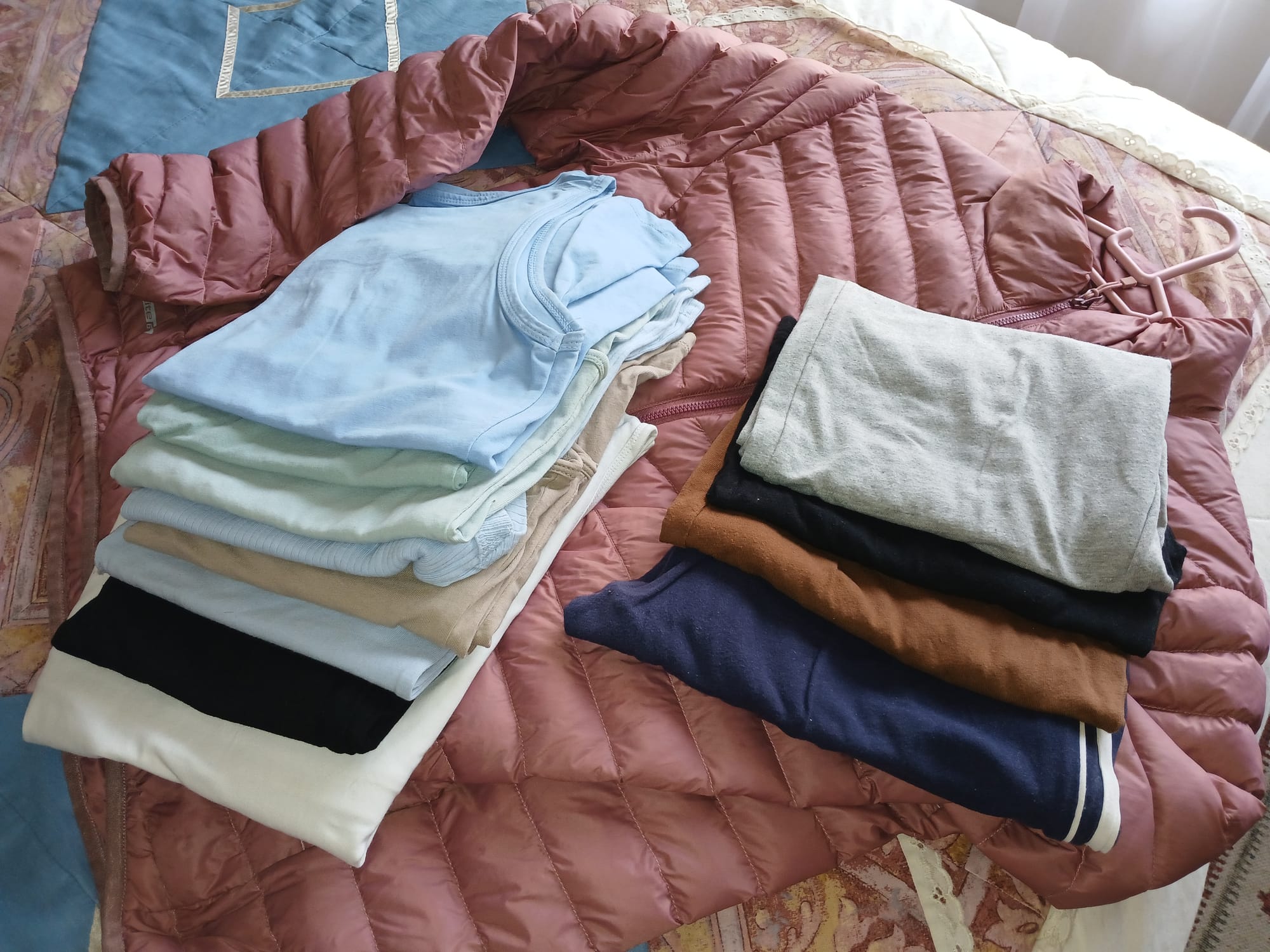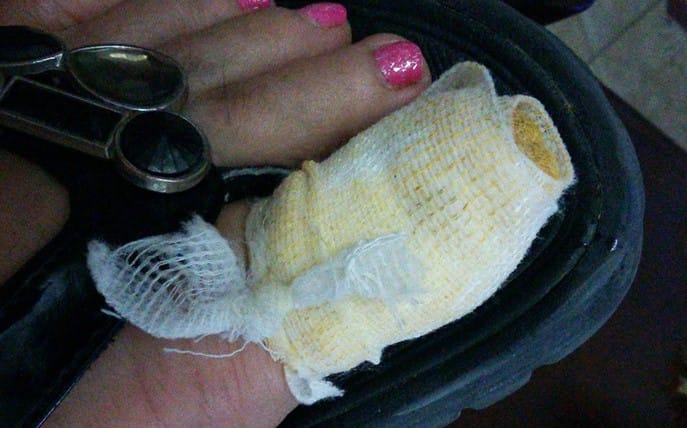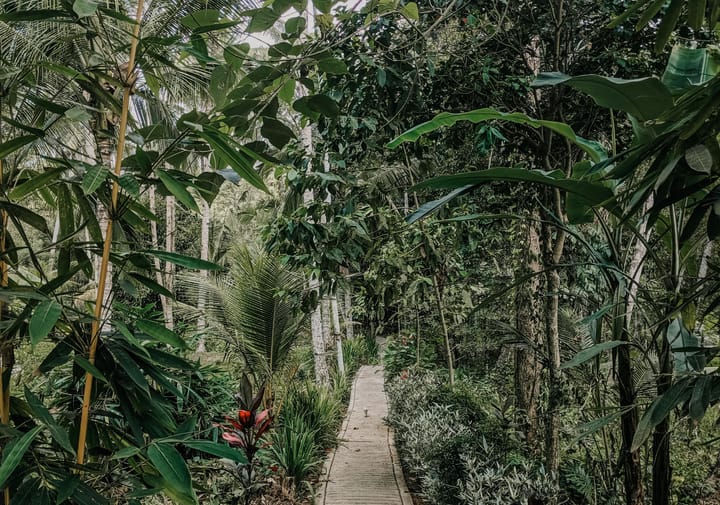The fine art of not hauling your wardrobe across a continent
Packing for a trip across southern Africa is more than just filling a bag. Smart preparation turns a challenge. Discover how to travel lighter, smarter, and with confidence.

Packing for travel in southern Africa isn’t so much a science as it is a personality test. Are you the traveller who folds everything with military precision or the one who chucks in “a few things” and hopes for divine intervention?

Either way, what you pack can mean the difference between breezing through Botswana like a pro and dragging a wheeled suitcase through Kgalagadi sand, wondering where it all went wrong.
Let’s start with the bag. This is your mobile home, your faithful sidekick, your literal baggage. A sturdy backpack is your best friend if you’re tackling wild routes like the R61 along the Wild Coast or clambering up mountain passes in Lesotho.
A wheeled case, however, makes sense if your adventure mostly involves Cape Town coffee shops and Durban’s beachfront. Just don’t expect those wheels to glide gracefully through gravel roads or airport parking lots.
Whatever you do, invest in quality; nothing ruins your explorer vibe faster than a broken zip in the middle of a Namib tour or a shoulder strap snapping halfway to Tugela Falls.

Now, clothing. The goal is to pack as if you’re starring in your own National Geographic special — versatile, practical, and not too loud. Light cotton shirts will save you from melting in Maputo’s humidity, while a fleece is your best mate for those early-morning Kruger game drives when even the lions look cold.
Keep your colours neutral for wildlife reserves like Etosha and Chobe; no one wants to be that person in neon orange scaring off elephants. Heavy denim? Forget it. The Kalahari heat will teach you that lesson fast.
A lightweight rain jacket also earns its spot, because those Drakensberg storms have a way of showing up uninvited.

Footwear is the unsung hero of every trip. You’ll want sandals for beach days at Lake Malawi, but don’t skip the serious walking shoes or boots if hiking is on your list — Tsitsikamma’s trails will laugh at your flip-flops.
Breathable shoes with grip are gold on the Skeleton Coast, but keep one pair that’s decent enough for a lodge dinner but still comfortable for market wandering, because nothing says “tourist” quite like blisters and sequins.

Practical gear separates the seasoned traveller from the “I forgot my torch” crowd. A headlamp or torch is essential, especially at those rustic campsites in Botswana where the generator gives up after dinner.
A quick-dry towel earns its keep for dips in rivers and surprise rain showers. And a tiny first aid kit might sound dull, until you’re 50 kilometres from a clinic with a very determined mosquito bite.
Packing cubes, meanwhile, are the savers of sanity, keeping your socks from mingling with your snacks as you bounce between Johannesburg hotels and Hwange camps.
Then there’s the tech situation. Southern Africa has some long, lonely stretches of road. The N1 between Bloemfontein and Beaufort West, for example, is where your phone’s battery dies just to mock you. A power bank is your new best friend.
Plug shapes vary, so carry a universal adapter unless you enjoy watching your camera’s last bar fade away at Victoria Falls. And bring more memory cards and spare batteries than you think you’ll need, because “I ran out of space” is not a valid excuse for missing that perfect Okavango Delta sunset shot.
As for toiletries, could you keep it simple and smart? High SPF sunscreen is non-negotiable because the African sun doesn’t do half measures. Insect repellent is just as crucial, whether it’s KwaZulu-Natal’s wetlands or the banks of the Zambezi, as the bugs are equal-opportunity biters.
Opt for biodegradable soap and shampoo if you’ll be washing in natural water sources, and stock up on essentials before you leave the big cities.
Pharmacies in places like Maun or Katima Mulilo are not known for their wide selection of emergency mascara or blister plasters.
Finally, packing order matters more than you’d think. Heavier items go close to your back and near your hips, and your spine will thank you on the Fish River Canyon trails.
Keep the essentials, including your water bottle and hat, within arm’s reach instead of buried under your “just-in-case” pile. The old traveller’s rule still applies: lay out everything you plan to take, then halve the clothes and double the money.
Ultimately, packing for southern Africa isn’t about bringing everything; it’s about bringing what lets you enjoy everything else. Do it right, and your bag becomes a trusty sidekick, not a burden.





Comments ()